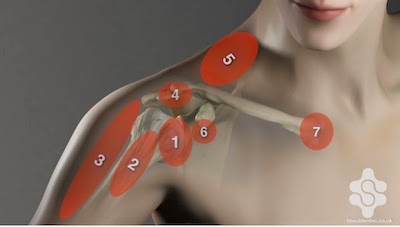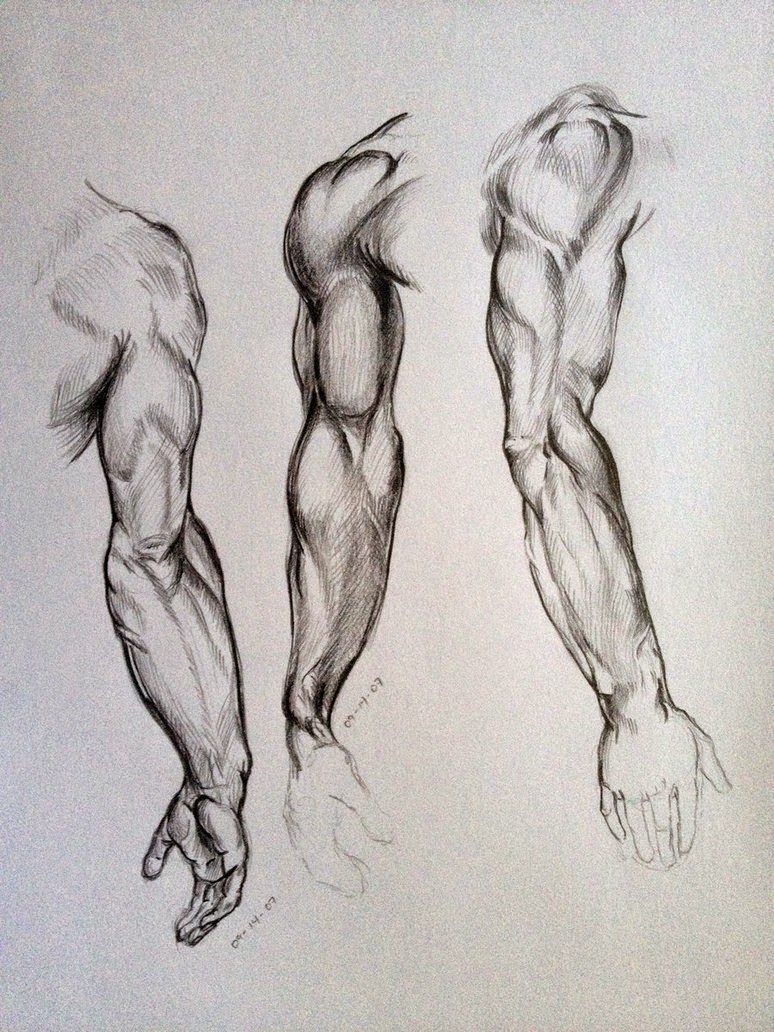Pinky Shoulder Saver
Anterior shoulder pain is often triggered by ‘excessive’ grip drive through the thumb and index finger.
 |
| photo credit: shoulderdoc.co.uk |
Why might this be the case? My guess is because it’s easier to grasp onto things with the first two fingers. The clutching pattern has been practiced since birth. It’s like being right-handed. More practice equals greater dexterity, which continues preference into further dominance. You inherently reach for more things with the hand you write with.
There’s also an anatomical slant to the “thumb-and-forefinger-TO-front-shoulder” theory. Just trace line up the arm from the gap between them. It lands smack dab on the foremost part of the shoulder.
 |
| photo credit: adanmgarcia.deviantart.com |
 |
| photo credit: hspus.weebly.com |
 |
| photo credit: netterimages.com |
I often have clients squeeze a kettlebell in each hand and hold the external rotation, while doing single leg stands and farmers walks. The shoulder adjustment trickles down into the torso, hips, and feet.
Once you’ve got the proper feeling down, test your learning through application. When you’re pulling or pressing (either vertical or horizontal), focus on the pinky and outside of your hand getting some action. For rows, wrap the pinky first to ensure it leads the hand in closing onto the implement. For presses, it might take a small wrist adjustment (lateral side up), but establish that the pinky side heel of hand is dominating the push.
If you’re using a band or TRX-like device, face the hanging point and lean back to feel the entire posterior chain light up.




